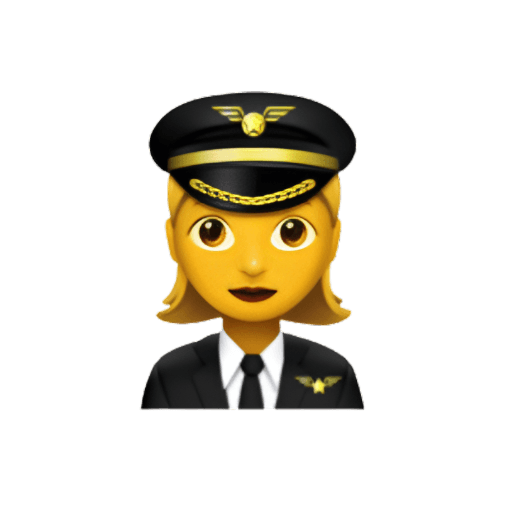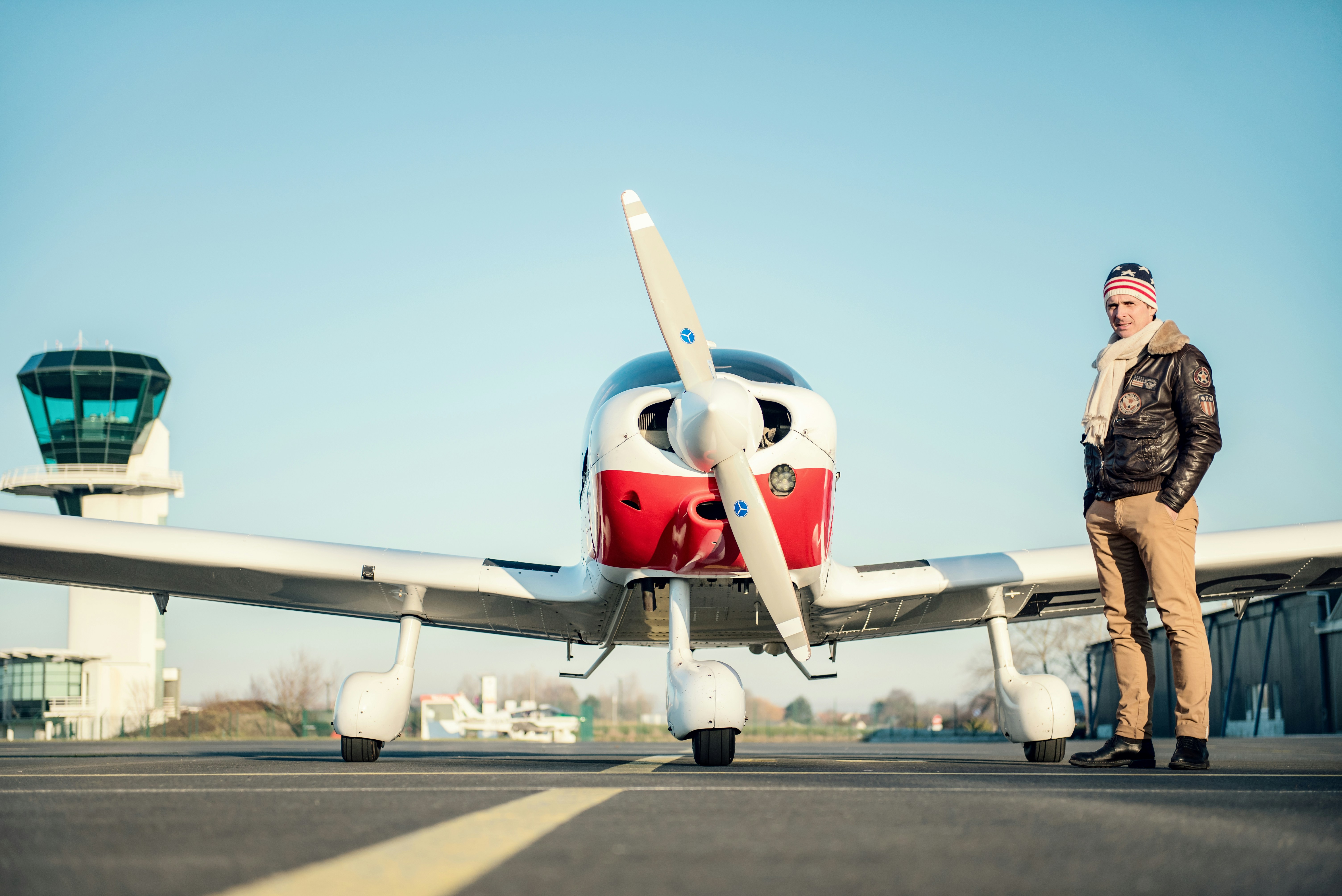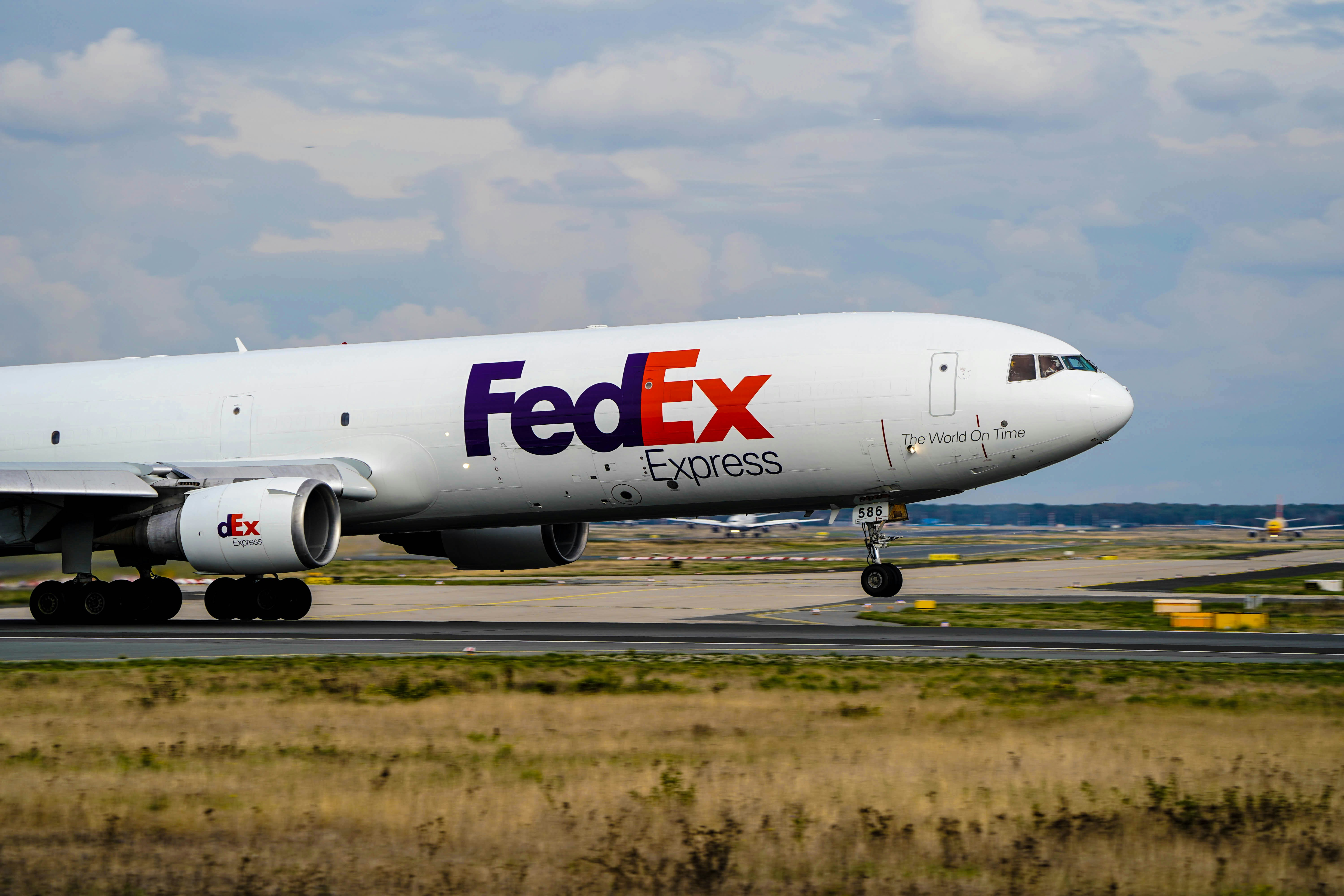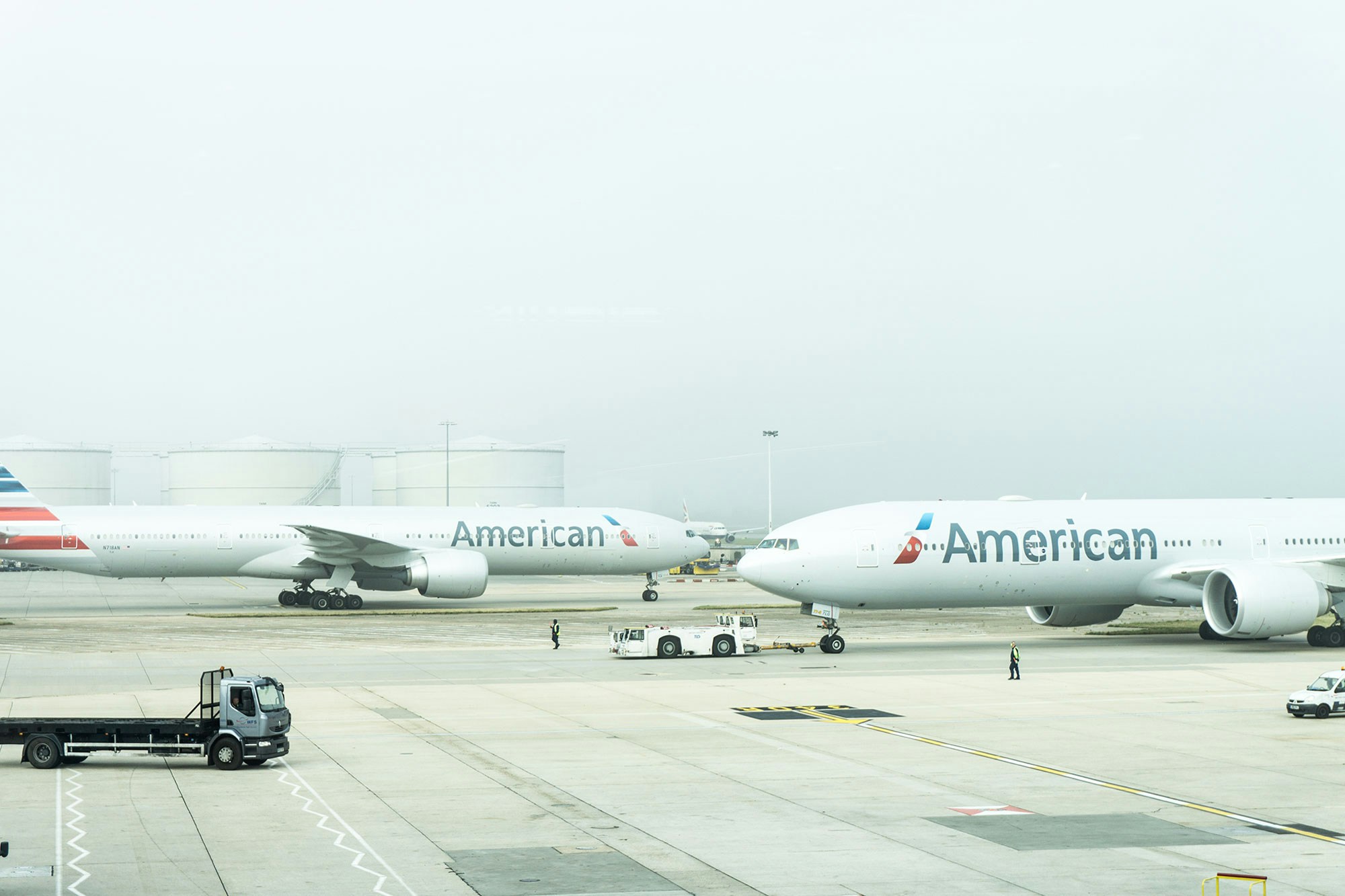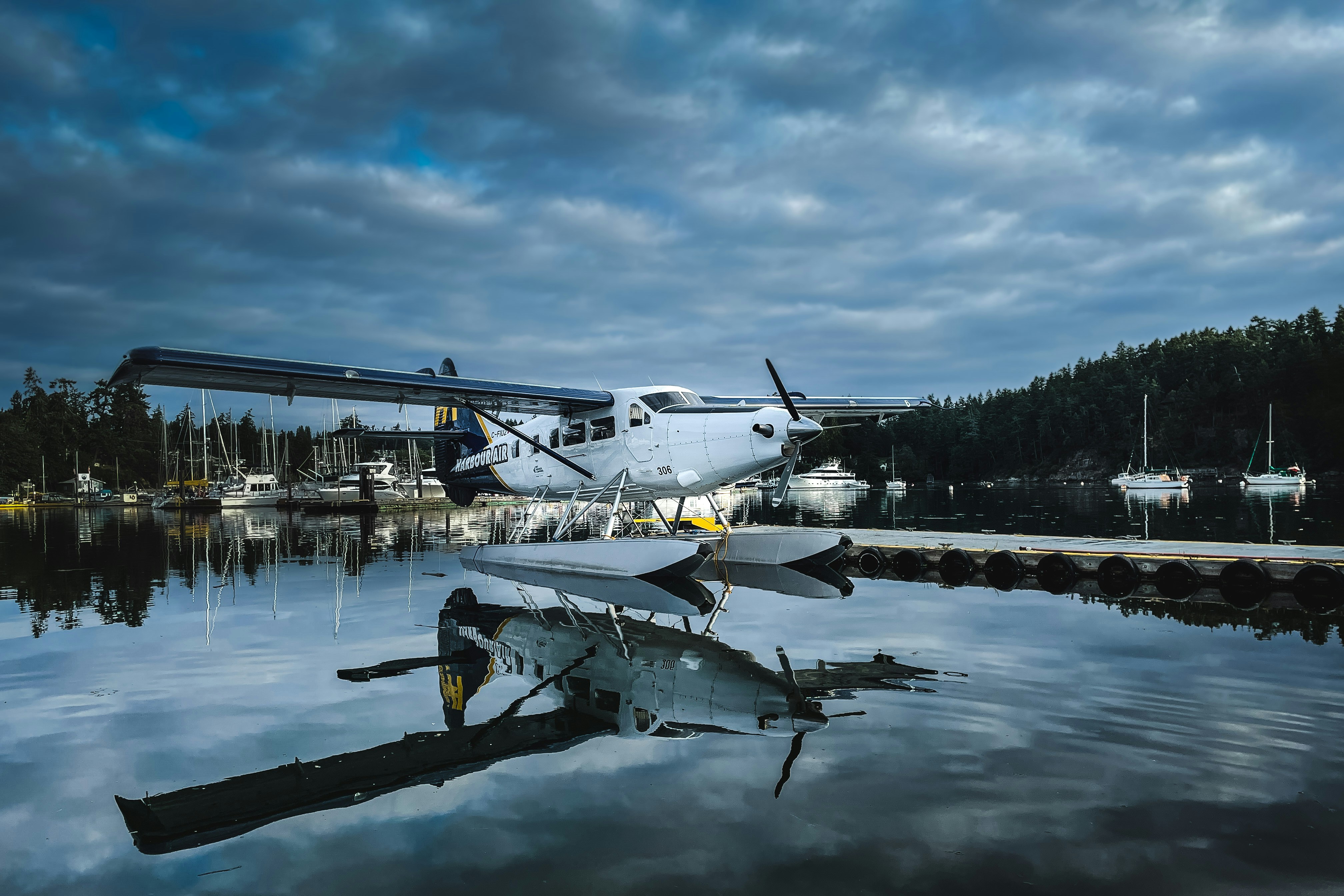Becoming a Pilot
What Jobs you can do as a Pilot, how to become a Pilot and the Aviation Family.
Every Path is unique
The journey to becoming a pilot is as varied as the people who pursue it, with multiple paths to the cockpit. Each aspiring aviator brings a unique story, shaped by different training approaches, schedules, and budget needs. Understanding your options is the first step toward building your own success story.
For those ready to dive fully into training, full-time flight schools offer an "all-in" environment, somewhat like attending a traditional school. These programs involve daily attendance and are structured to accelerate your progress with a set curriculum, offering a comprehensive training experience from start to finish. Many of these schools have partnerships with airlines, which can be advantageous for those looking to secure a job directly after graduation. However, these schools are typically the most expensive option and can sometimes be geared more toward producing high volumes of airline pilots than providing an individual-focused training experience.
Alternatively, many people choose part-time training. This flexible approach allows students to fit flying lessons around their existing schedules. Training on weekends, evenings, or in spare time at local airfields, part-time students often learn with small flight schools or independent flight instructors who offer the flexibility to progress at their own pace. This can be an ideal solution for those with other commitments, such as work, school, or family. While part-time training may take longer, it allows you to keep earning or pursuing other goals while working toward your license.
Another unique path to consider is purchasing a small aircraft to use throughout training. While this approach might not suit everyone, it can be a smart financial choice for those looking to train over an extended period. Buying a plane can save significantly on rental costs, and when the training is complete, the plane can be sold, recouping part of the initial investment. This option provides students the chance to gain familiarity with their own aircraft, creating a consistent learning environment and potentially lowering overall training expenses.
When it comes to cost, the amount needed to earn a pilot's license can vary greatly. Some students complete their training for under $50,000, while others may spend in excess of $100,000. These variations come down to factors such as personal learning speed, the level of training required, and the type of school chosen. Large, integrated flight schools with airline partnerships are typically the most expensive, while smaller, locally-focused schools often offer a more affordable option and can provide a close-knit, family-like learning atmosphere—an alternative to the more industrial “pilot factory” model.
For those with aspirations of flying for commercial airlines, airline cadet programs are another path to consider. Some airlines offer these programs as a direct path to a position within their ranks, sometimes with full or partial funding. Although these cadet programs can be costly, they often come with a level of job security since they’re tailored to meet the needs of the airline that sponsors them. However, it’s essential to understand the financial commitment, as these programs are typically self-funded, with only some sponsorship or financial support.
Consider joining the Military as well. Air Force does not only stand for Fighter Jets but consists mainly of Passenger Jets, and Cargo Airplanes. After spending some time in Military Aircraft you can also transition to the Commercial side of Aviation.
Choosing the right path in aviation involves careful research and planning. Talk to people who have been through the process, visit local airfields, and get advice from instructors or pilots already working in the industry. Aviation is an industry where learning never stops—starting with finding the path that aligns with your goals, lifestyle, and budget.
Explore your Job Possibilities
Becoming a pilot opens the door to an incredible variety of career paths suited to your interests and ambitions. Whether you're aiming to soar as a commercial airline pilot or you’re drawn to more specialized roles, the possibilities are diverse and exciting. Here are some options to consider.
Flight Instructor: Start your career right after training by becoming a Certified Flight Instructor (CFI). As an instructor, you’ll gain valuable experience while helping future pilots develop their skills.
Private or Commercial Charter Flights: Fly private individuals or small groups on short or long-haul trips, providing a personalized travel experience. This path is ideal if you enjoy building close client relationships and having variety in destinations.
Cargo Pilot: Transport goods across the country or internationally. Cargo flights can take you on short routes or extended journeys, offering a chance to work behind the scenes in global logistics.
Airline Pilot: The iconic career goal for many aspiring pilots, airline pilots operate large aircraft for commercial airlines, transporting passengers to destinations worldwide.
Specialty Piloting: Explore unique challenges in specialized roles, like bush piloting in remote wilderness, aerial firefighting, or courier services across rugged terrain, whether in Indonesia, the African savannah, or beyond.
Your pilot’s license is your gateway to a world of adventure and opportunity. The choice is yours—find the path that fuels your passion for flight.
Aviation: A community like no other
One of the most rewarding aspects of pursuing a career in aviation is the incredible community you’ll find yourself a part of. Aviation is more than just a job—it’s a family. The people you meet along your journey, from instructors to fellow students, experienced pilots, and ground crew, are some of the most welcoming, passionate, and supportive individuals you’ll encounter. In aviation, everyone understands the dedication and resilience it takes to earn your wings, and this shared experience creates a strong, lasting bond among its members.
Maintaining connections within the aviation world is invaluable. From career guidance to technical advice, or simply sharing stories and experiences, keeping in touch with people in the industry can open doors and broaden your perspective. Many pilots and aviation professionals become lifelong friends, mentors, and advisors, always ready to help each other navigate new challenges and opportunities.
Aviation is also very much a team-driven field. From the flight deck to the ground crew and beyond, every role is crucial, and everyone works together to ensure safety, efficiency, and success. The collaborative nature of aviation means you’re often solving problems as a team, managing unforeseen circumstances with flexibility and composure—skills essential to any leadership or management role. The challenges faced in aviation foster a unique sense of camaraderie, as you learn to rely on and support one another through high-stakes situations.
If you’re looking to build a career surrounded by passionate individuals, a career where friendships turn into lifelong bonds, and where every day feels like part of a shared mission, aviation offers a sense of family that’s hard to find anywhere else.
The Rewards and Realities of a Career in Aviation
A career as a pilot brings a host of incredible benefits, including competitive salaries and nearly worldwide job opportunities. For those who dream of traveling, aviation offers a unique chance to work across different countries and cultures, experiencing the world from above. With the right licensing and conversions, your skills can take you to places you may never have imagined. However, it’s essential to research licensing requirements before starting your training, as licenses and certifications vary by country, and not all are universally recognized.
While the financial and lifestyle rewards of being a pilot are substantial, it’s important to be aware of the industry’s challenges. Aviation is closely linked to global economic health, which means it can be vulnerable to financial crises. During economic downturns, airlines may reduce flights or cut jobs, affecting job stability in the industry. This reality makes it wise for pilots to have a backup plan—whether it’s a secondary skill, a side business, or an additional source of income.
The good news? Many pilots find that their schedules allow for side projects or other pursuits. A career in aviation often includes blocks of time off, providing you with a flexible schedule that can be ideal for pursuing other interests. By cultivating a side hustle or developing additional skills, you can enjoy greater financial security while taking advantage of the downtime that comes with the job.
Ultimately, becoming a pilot is not only about building an exciting and lucrative career but also about planning for a well-rounded, resilient future. With a bit of foresight, you can enjoy all the perks of a life in the skies while feeling secure in your path, no matter what the future holds.
